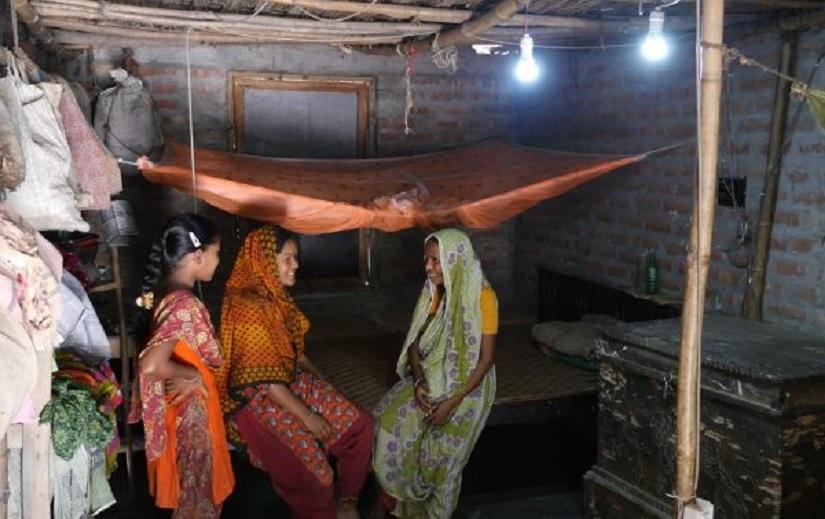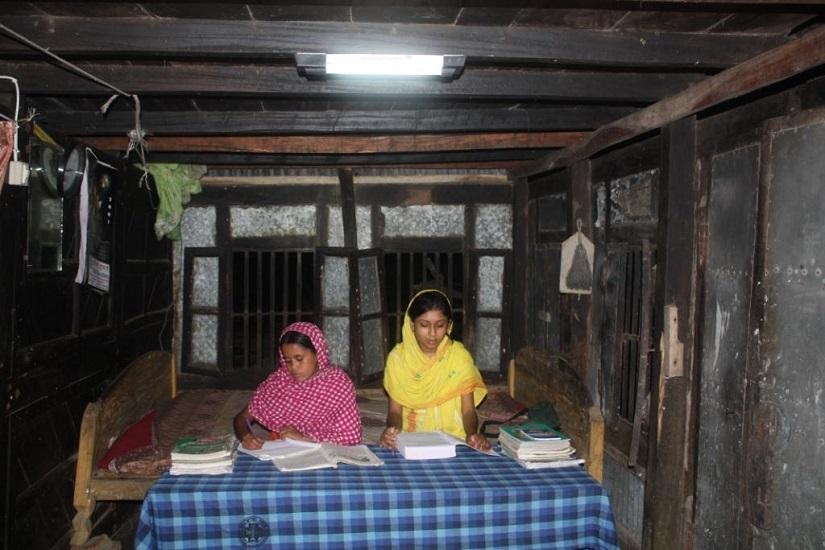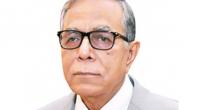 Bangladesh has made significant progress in access to electricity as its electrification coverage reached 93 percent, says the World Bank.
Bangladesh has made significant progress in access to electricity as its electrification coverage reached 93 percent, says the World Bank.
In its recently published ‘Energy Progress Report 2019’, the multi-lateral lender says that Bangladesh, Kenya, Myanmar, and Sudan have made the most progress among countries with the largest population without access to power, reports BSS.
It said global electrification rate reached 89 percent; the number of people without electricity access dropped to around 840 million, compared to 1 billion in 2016 and 1.2 billion in 2010.
The Sheikh Hasina-led Awami League government attained tremendous success in power and energy sector because of the realistic roadmap for this sector with an aim to reach power to every household by 2021, according to the report by the state news agency.
“Access to quality and reliable power is no more a dream as the country’s 93 percent people are now getting power, up from only 47 percent in 2009,” State Minister for Power Nasrul Hamid told BSS.
According to figures by Power Cell, the state-owned think tank for the sector, Bangladesh’s power generation capacity now stands at 21,419 megawatt from its 130.
 Tracking SDG7
Tracking SDG7
The Energy Progress Report 2019 says despite the progress, reaching the remaining unserved people, including those connected to frail and overburdened urban grids, as well as displaced people, and hard-to-reach locations, will be challenging. An estimated 650 million people will be left without electricity access in 2030.
The report tracks global, regional and country progress on the three targets of SDG7 — access to energy and clean cooking; renewable energy and energy efficiency. It identifies priorities for action and best practices that have proven successful in helping policymakers and development partners understand what is needed to overcome challenges.
Among countries with the largest population without access to electricity, Bangladesh, Kenya, Myanmar, and Sudan have made the most progress. Among the least electrified countries, South Sudan, Guinea-Bissau and Central African Republic electrified at around 3 percentage points each year since 2010. Cambodia, Afghanistan, and Nepal are currently among the fastest electrifying countries.
 Maintaining and extending the pace of progress will require strong political commitment, long-term energy planning, stepped-up private financing and adequate policy and fiscal incentives. Combining grid and off-grid solutions, including solar lighting, solar home systems, and increasingly mini-grids, will be crucial. The issue of reliability and affordability can’t be ignored. One-third of access-deficit countries face more than one disruption in electricity supply per week. Basic electricity was unaffordable for 40 percent of households in about half of these countries.
Maintaining and extending the pace of progress will require strong political commitment, long-term energy planning, stepped-up private financing and adequate policy and fiscal incentives. Combining grid and off-grid solutions, including solar lighting, solar home systems, and increasingly mini-grids, will be crucial. The issue of reliability and affordability can’t be ignored. One-third of access-deficit countries face more than one disruption in electricity supply per week. Basic electricity was unaffordable for 40 percent of households in about half of these countries.
Significant efforts have been made to deploy renewable energy technology for electricity generation and to improve energy efficiency across the world. However, access to clean cooking solutions and the use of renewable energy in heat generation and transport are still lagging far behind the goals.
Maintaining and extending the pace of progress in all regions and sectors will require stronger political commitment, long-term energy planning, increased private financing and adequate policy and fiscal incentives to spur faster deployment of new technologies, the report underscores.


